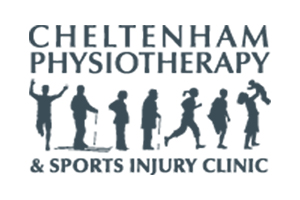Tennis elbow is a condition that causes pain around the outside of the elbow. It’s clinically known as lateral epicondylitis. It often occurs after strenuous overuse of the muscles and tendons of the forearm, near the elbow joint.
You may notice pain:
• on the outside of your upper forearm, just below the bend of your elbow
• when lifting or bending your arm
• when gripping small objects, such as a pen
• when twisting your forearm, such as turning a door handle or opening a jar
You may also find it difficult to fully extend your arm.
The elbow joint is surrounded by muscles that move your elbow, wrist and fingers. The tendons in your elbow join the bones and muscles together, and control the muscles of your forearm.
Tennis / Golfer’s elbow is usually caused by overusing the muscles attached to your elbow and used to straighten your wrist. If the muscles and tendons are strained, tiny tears and inflammation can develop near the bony lump (the lateral epicondyle) on the outside of your elbow. As the name suggests, the condition is sometimes caused by playing tennis or golf. However, it is often caused by other activities that place repeated stress on the elbow joint, such as decorating or playing the violin.
Pain that occurs on the inner side of the elbow is often known as golfer’s elbow.
Tennis elbow is a self-limiting condition, which means it will eventually get better without treatment. However, there are treatments that can be used to improve your symptoms and speed up your recovery.
It’s important that you rest your injured arm and stop doing the activity that’s causing the problem.
Holding a cold compress, such as a bag of frozen peas wrapped in a towel, against your elbow for a few minutes several times a day can help ease the pain.
Taking painkillers, such as paracetamol, may help reduce mild pain caused by tennis elbow. Non-steroidal anti-inflammatory drugs (NSAIDs), such as ibuprofen, can also be used to help reduce inflammation.
Physiotherapy may be recommended in more severe and persistent cases. Massaging and manipulating the affected area may help relieve the pain and stiffness, and improve the range of movement in your arm.
Surgery may be used as a last resort to remove the damaged part of the tendon.
Most cases of tennis elbow last between six months and two years. However, in about nine out of 10 cases, a full recovery is made within a year.






